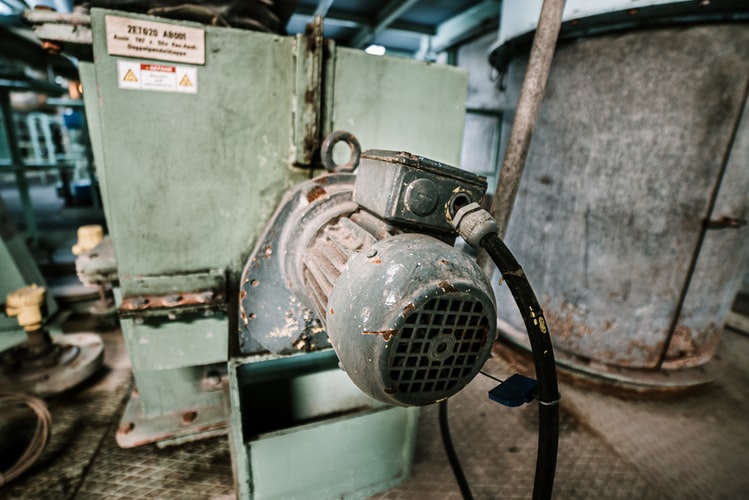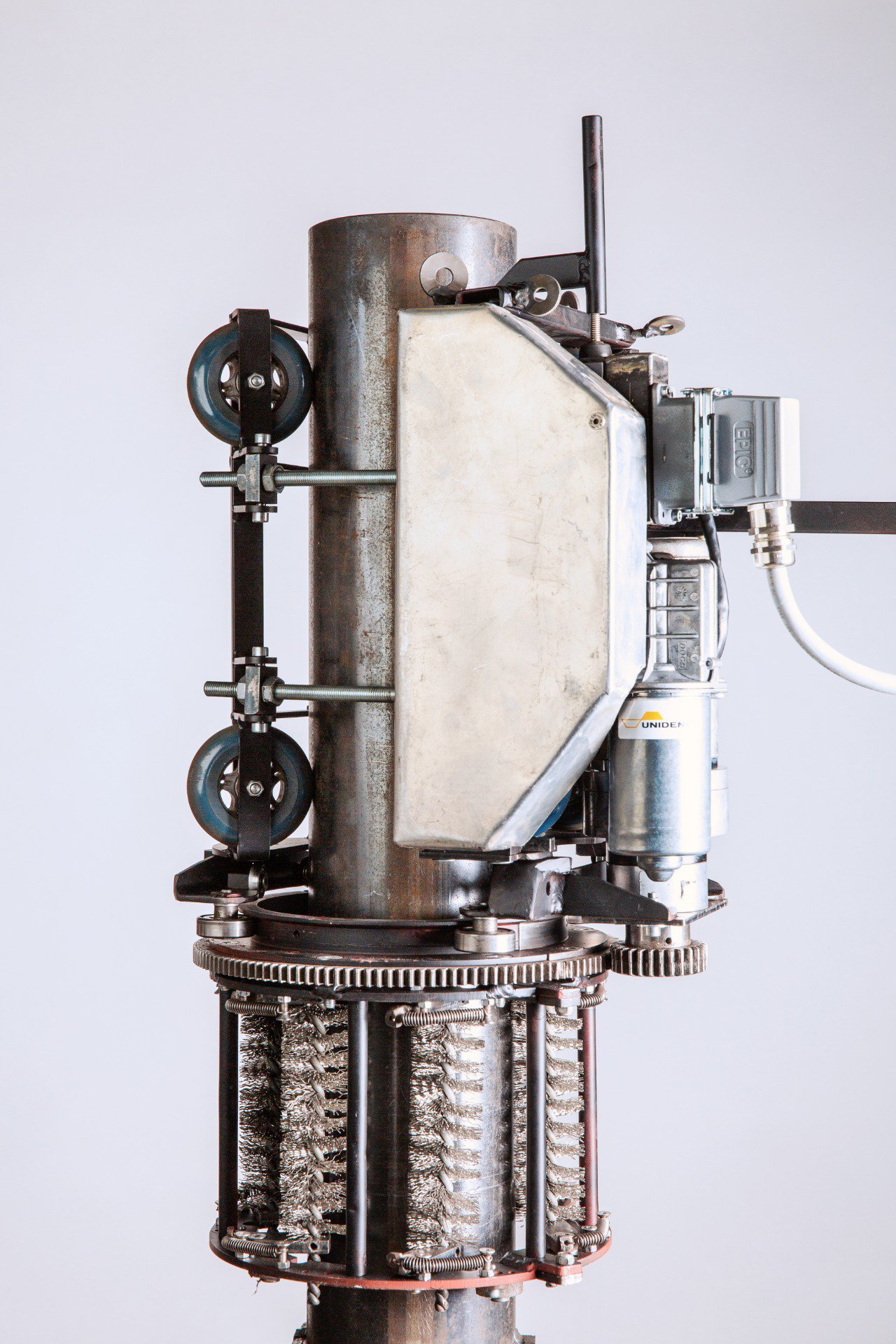Because their products needed to be resistant to heat, they used asbestos-containing products in a bulk of their manufacturing.
Harmful Products and Health Consequences
These products were known to be hazardous by the 1940s, and the company was aware by the 1950s that their parts contained toxins that could put workers at risk. Unfortunately for workers and their families, employees and contractors were not informed of the dangers.

Many got lung cancer, mesothelioma, and other diseases from inhaling these carcinogens. Some employees’ family members also died due to secondhand exposure.1
Problematic Patents
Ingersoll Rand patent applications prove that the company preferred to use asbestos-containing materials for their heat-resistant properties. In the 1920s, Ingersoll applied for a patent for its tube-cleaning apparatus that was used to clean internal surfaces and remove blockages in pipes.
This patent application specified that materials used in this product should be made “preferably of asbestos or other suitable heat insulating material.”2 In 1939, Ingersoll Rand Co patented a percussive tool used in internal combustion engines. The patent application spells out that the fuel tanks should use conductive metals “such as asbestos to prevent the transmission of heat from the power element to the fuel tank.” The application also specifies that asbestos-containing materials would be used to encircle the cylinders and crank casing in the engines.3

Lawsuits
In a 2002 U.S. Securities and Exchange Commission (SEC) filing, Ingersoll Rand states that the company spent nearly $10 million on environmental matters that year to remediate the site previously owned by the company. The filing also states that the Environmental Protection Agency identified the company as the responsible party in various environmental claims and lawsuits.
The SEC filing states that Ingersoll was named as a defendant in a myriad of state and federal lawsuits related to asbestos-containing products that were purchased by the company through third parties.4
In 2016, the Legal Reader reported a $7 million verdict in a mesothelioma lawsuit related to Ingersoll Rand. The wife of an employee of Placid Oil Company died from secondhand asbestos exposure. Her husband worked on Ingersoll-Rand compressors and spent his days removing old insulation and changing gaskets, which caused the toxic fibers and dust to contaminate his clothing. Because his wife did his laundry, she was regularly exposed to the toxins and later died from her illness.


 Rae Steinbach
Rae Steinbach
 Lauren Weinand
Lauren Weinand